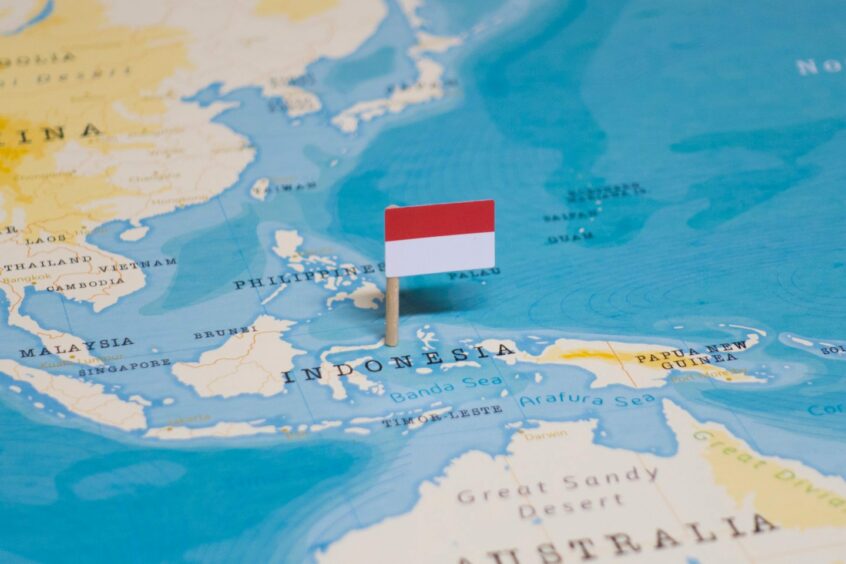
The government of Indonesia is reviewing plans to again auction the giant East Natuna Block offshore Indonesia as carbon capture and storage (CCS) technology opens up the development potential of the carbon dioxide (CO2) intense field, according to Minister of Energy and Mineral Resources (ESDM) Arifin Tasrif.
The block, formerly known as Natuna D Alpha, has gas-in-place estimated in excess of 200 trillion cubic feet, but with CO2 content in excess of 60%, research from Wood Mackenzie shows. Total proven reserves of natural gas are pegged at 46 trillion cubic feet. Previously, ESDM has reported that Pertamina would return the East Natuna Block to the government and that there is a possibility to divide the block into three small areas in the next auction. No timeline for the auction of the block has been announced yet.
“I think there are some smaller oil and condensate discoveries and prospects that could attract interest, hence splitting the block up into several separate areas,” Andrew Harwood, Asia Pacific research director at Wood Mackenzie, told Energy Voice.
However, it is “very difficult to see the Natuna D Alpha resource ever being commercialised. It was incredibly challenged before the world began to focus on reducing emissions – now it looks impossible,” he cautioned.
“Should Natuna D Alpha be developed, the scale of the resource will have a significant impact on Indonesia and the regional Asia Pacific gas market, either through LNG or piped gas exports. The commercial and technical challenges involved make it unlikely that the Natuna D Alpha field can be brought onstream before 2028,” Wood Mackenzie noted in a report.
In recent times, Pertamina had been courting US major ExxonMobil (NYSE:XOM) to help it develop oil resources at the giant East Natuna field in the disputed waters of the South China Sea. Crucially, development of the field faces huge technical, economic and geopolitical challenges, but Pertamina believed a gradual phased development, starting with oil could offer a solution.
The East Natuna gas field sits in the South China Sea off northern Natuna Island, Indonesia. Significantly, it lies within a maritime area claimed by China, which could present geopolitical challenges to any development on top of the immense technical challenges.
The field was discovered in 1973 by Agip. In 1980, the Indonesian state-owned oil company Pertamina and Exxon formed a joint venture to develop Natuna D-Alpha. However, due to the high CO2 content the partnership was not able to start production. In 1995, the Indonesian government signed a contract with Exxon but in 2007, the contract was terminated. In 2008, the block was awarded to Pertamina.
